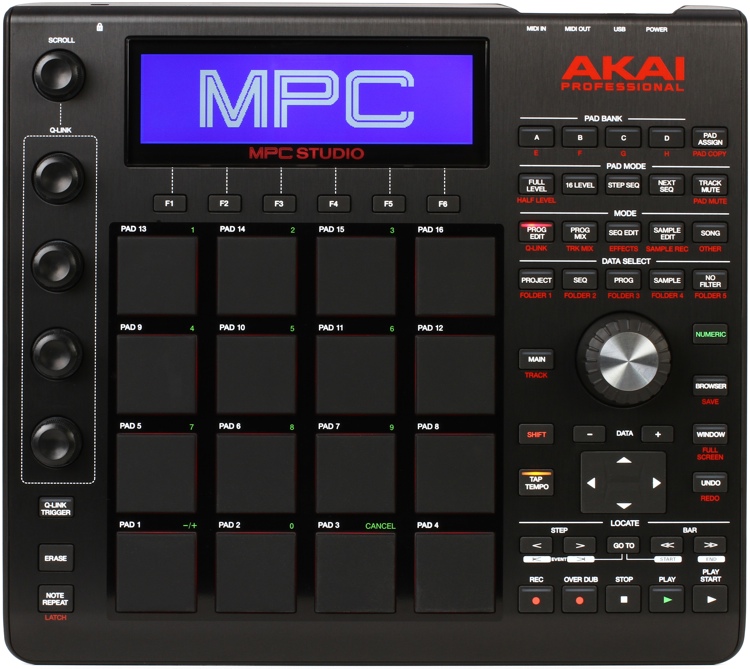

And the pads? Sure, they’re proper MPC pads. Let’s begin by observing that there’s something strangely satisfying about hardware transport controls. It’s compact and spacious enough to swing those pad-hittin’ fingers. In pure hardware terms, the MPC Studio makes a fine controller, at a sensible size. The Studio hardware still works when MPC is acting as a plugin, by the way.

A DAW within a DAW, who wouldn’t want to try that? (See also Reason 11). MPC 2 will host AU and VST plugins, although this can be turned on its head, as MPC 2 will itself function as a plugin inside other DAWs, creating fascinating possibilities for complex setups. The latest version of MPC 2 includes FX Racks – where up to four effects can be saved and recalled together – and vocally-oriented AIR FX including Vocal Doubler, Vocal Harmonizer, and Vocal Tuner. Audio effects include offerings from Akai and AIR, including reverbs, delays, filters, EQs, compressors, and so on. Having used the Akai Force and MPC Live, we’re quite familiar with these instruments, and can vouch for their usability.


 0 kommentar(er)
0 kommentar(er)
